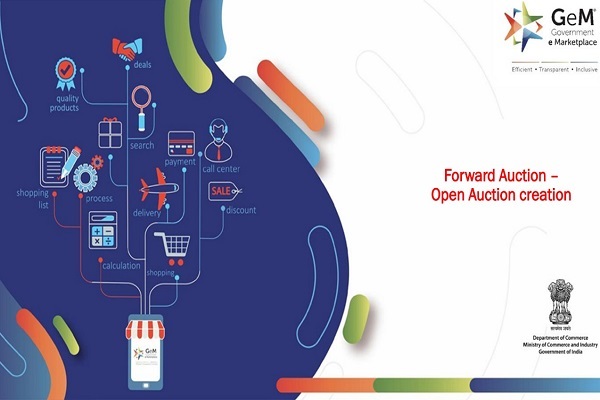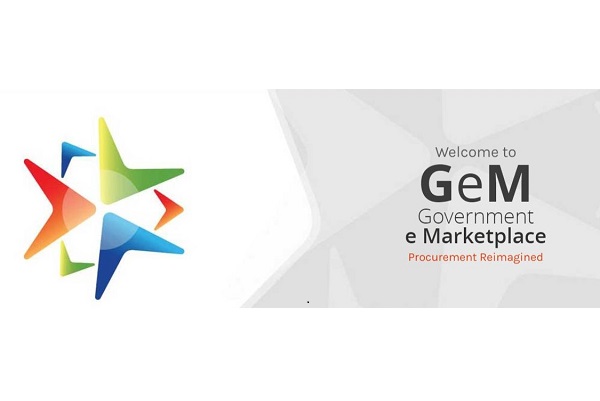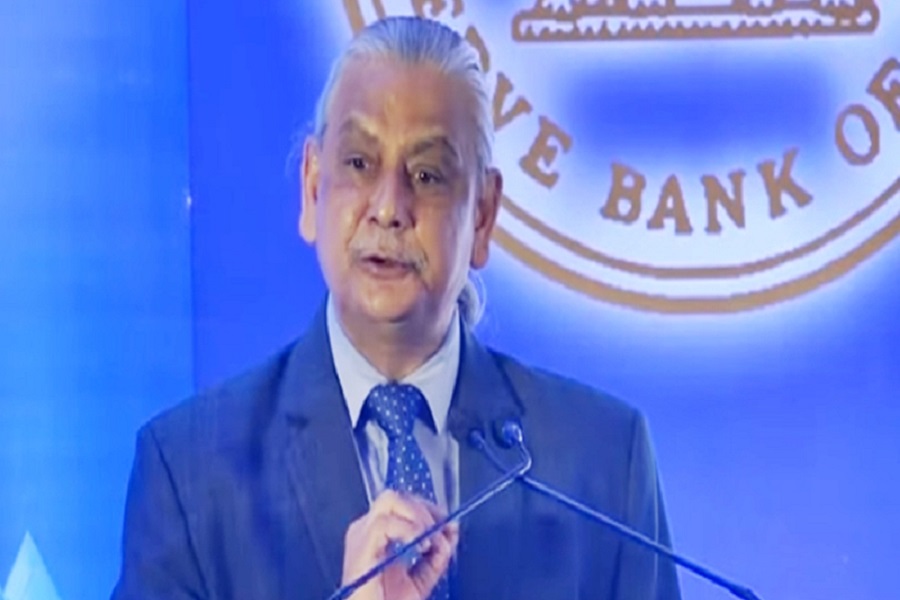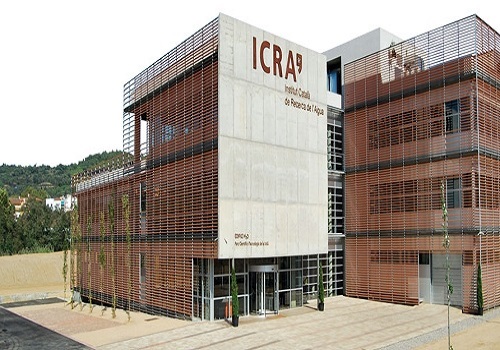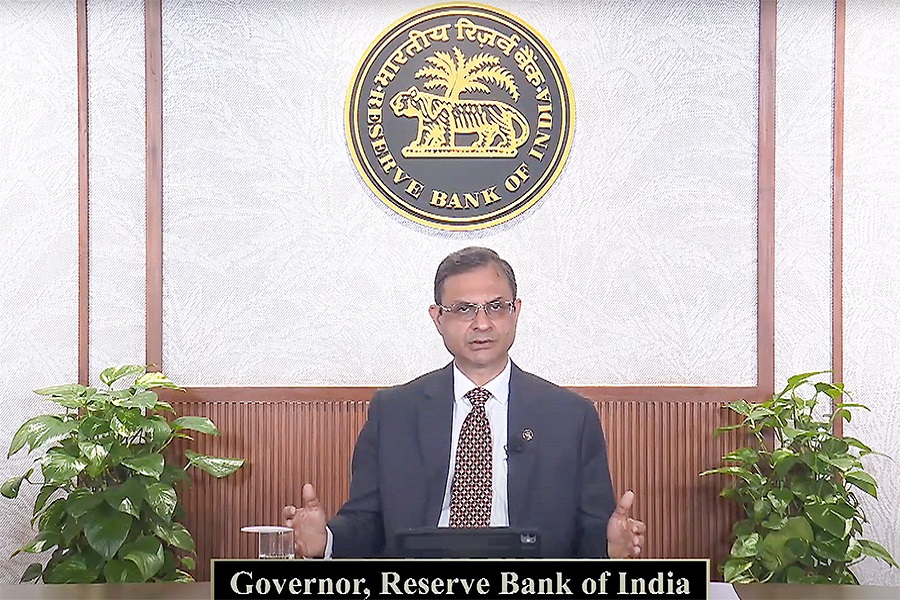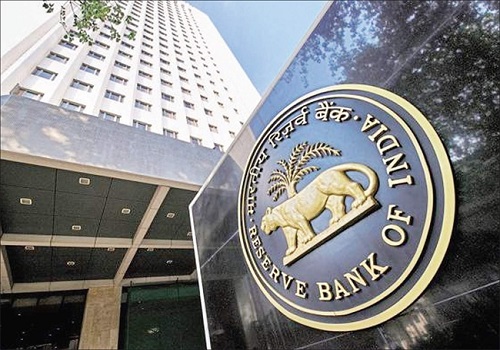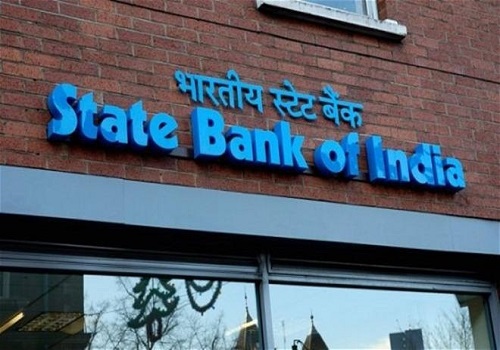RBI Mandates ‘Skin in the Game’ for Project Lenders; Aligns Rules Across REs by CareEdge Ratings
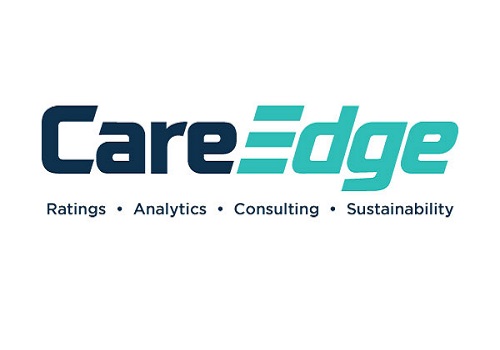
On June 19, 2025, the Reserve Bank of India issued the “Reserve Bank of India (Project Finance) Directions, 2025,” set to come into effect from October 01, 2025. While CARE Ratings Limited (CareEdge Ratings) previously analysed implications from a project developer’s perspective in its publication “RBI’s Guidelines on Project Financing – Balancing Infrastructure stakeholders’ expectations”, this note focuses on the impact of the revised framework from the financiers’ standpoint.
Staggered Provisioning Replaces Blanket Approach
The provisioning regime has been significantly softened from the draft. Replacing the earlier proposed blanket approach, final norms introduce a staggered provisioning structure for under-construction loans. Regulated entities (REs) must now maintain a base provision of 1% for infrastructure loans and 1.25% for commercial real estate (CRE) loans. For each quarter of project delay, incremental provisions of 0.375% (infra) and 0.5625% (CRE) apply. This ensures that lenders build buffers proportionate to delays, without front-loading provisioning costs. Over a one-year delay, total provisioning could rise by 1.5–2.25% points. These changes ease capital burden concerns, especially compared to the earlier draft which proposed provisioning as high as 5–7.5%. Once operational, loans revert to standard provisions (0.40% for infra, 0.75% for residential CRE, and 1% for other CRE) lower than the draft proposal (which suggested provisioning up to 2.5% in some scenarios).
These revisions greatly reduce potential capital impact on lenders compared to the draft, which addresses the concern that draft norms might have made project loans prohibitively expensive for REs and consequently dampened bidding appetite from infrastructure developers in the medium term.
Existing projects grandfathered
These new norms will not apply retrospectively. Projects with financial closure before October 01, 2025, will continue under the earlier regime unless a fresh credit event occurs. This clarity avoids provisioning shocks for existing portfolios.
Principle-based, harmonised stress resolution framework
Excessive extensions could delay recognition of stress, leading to larger problems later. To prevent this, the RBI has mandated conditions and incremental provisioning, with early signs of stress—termed “credit events”— triggering a resolution plan within 30 days and implementation within 180 days.
Lender consortium discipline
To ensure meaningful lender participation, the RBI now mandates minimum exposure thresholds in project consortia. For loans up to ?1,500 crore, each lender must hold at least 10% of the total debt; for larger projects, the minimum is 5% or ?150 crore, whichever is higher. This move aims to ensure all participants have sufficient “skin in the game” to actively monitor and engage in resolutions.
Harmonisation of norms
The RBI has also extended the framework to non-banking financial companies (NBFCs), urban co-operative banks (UCBs), and all India financial institutions (AIFIs), harmonising norms across all regulated entities. NBFCs must now follow the same date of commencement of commercial operations (DCCO) limits and provisioning rules as banks—closing a key regulatory gap and standardising treatment for borrowers.
CareEdge Ratings’ View
Mr Sanjay Agrawal, Senior Director at CareEdge Ratings says, “The new 1% (1.25% for CRE) provision is higher than the earlier 0.4% for infra loans (1% for CRE), implying a modest rise in capital cost for banks though existing loans are grandfathered. For public sector banks, the impact of incremental provisioning would be ~7-10 bps (in terms of credit cost / net advances), whereas for private sector banks’ incremental provisioning would be up to 3- 5 bps. Banks are also preparing themselves for adopting the ECL framework as required by RBI.” CareEdge is of the view that implementing ECL provisioning would overlap with the implementation of these provisioning norms. For NBFCs governed by Ind-AS, provisioning largely aligns with existing Stage 1 ECL buffers, limiting the impact. With this implementation scheduled from October 2025, lenders have a clear runway to adjust systems, recalibrate pricing, and manage balance sheet impact.
Above views are of the author and not of the website kindly read disclaimer


